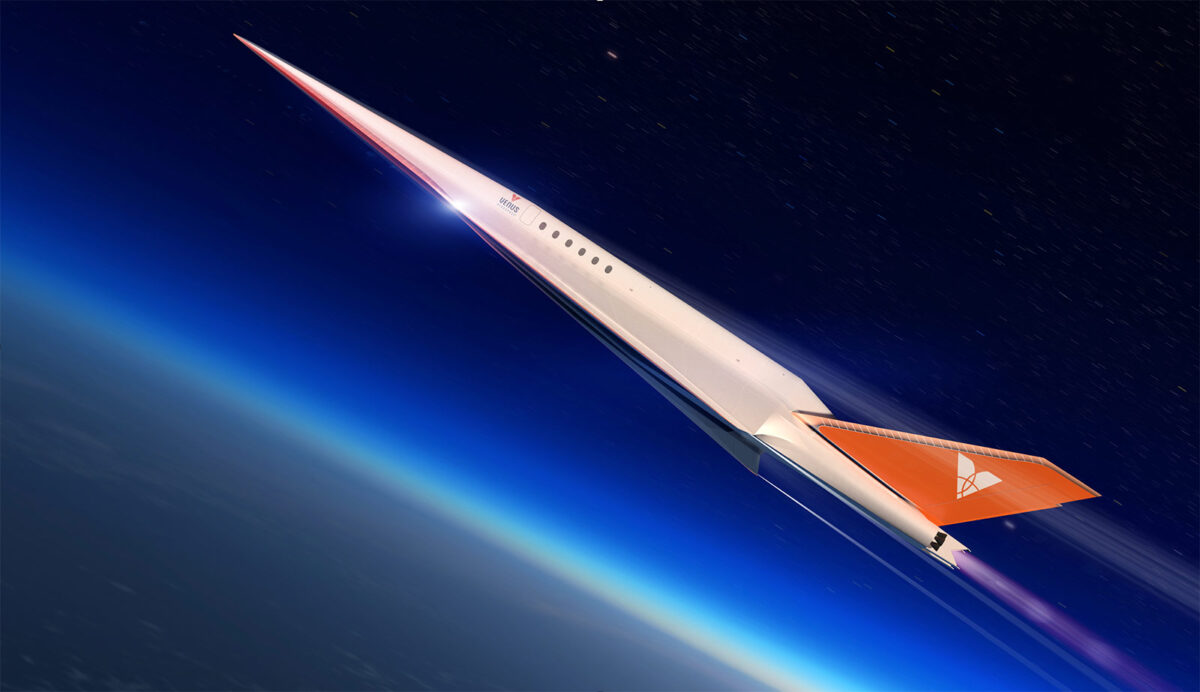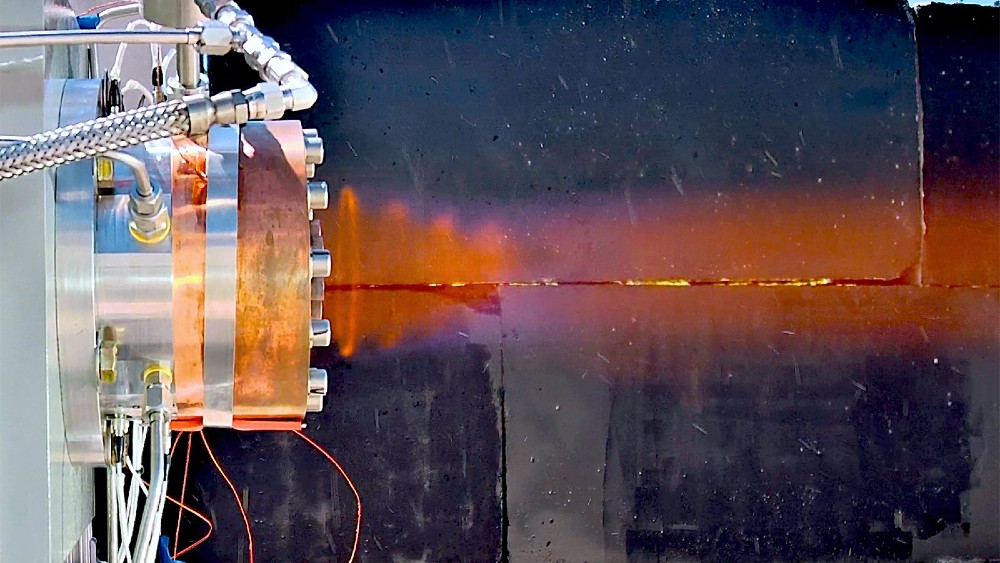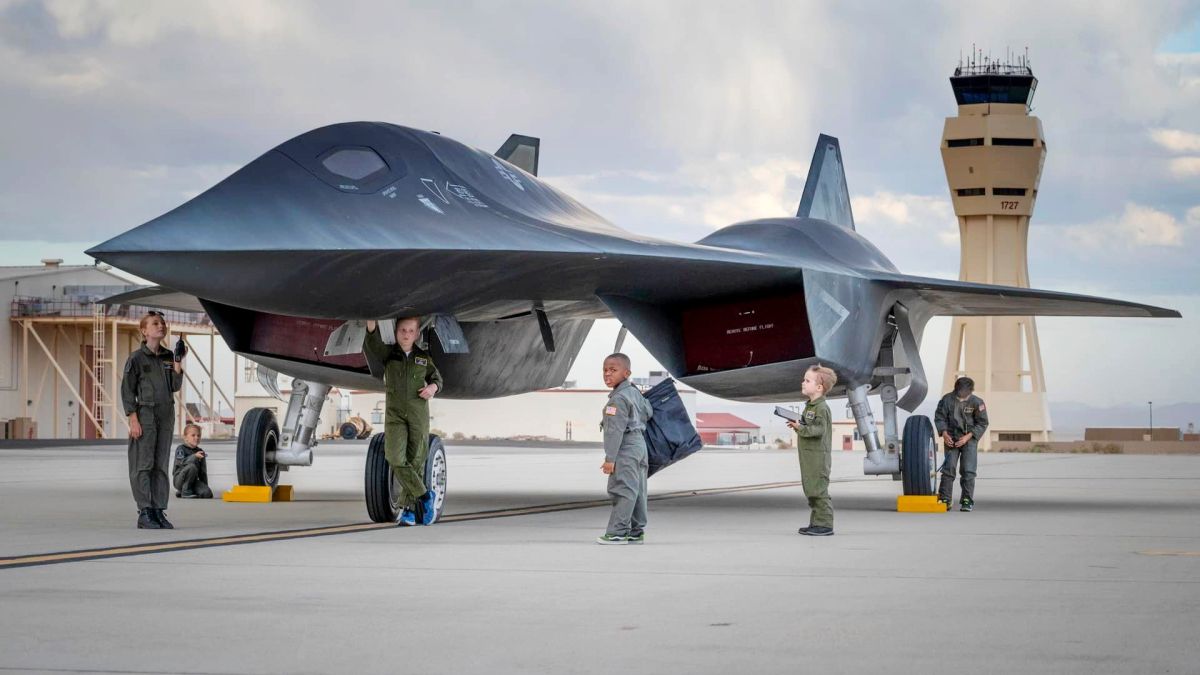Venus Aerospace is currently in the process of developing a groundbreaking hypersonic aircraft designed to accommodate around a dozen passengers, boasting a remarkable speed of Mach 9—five times the velocity of sound. Named “The Stargazer,” this cutting-edge aircraft spans an impressive 150 feet in length and 100 feet in width. According to the Houston-based company, The Stargazer is set to revolutionize global travel by seamlessly connecting two cities across the world. The aircraft achieves this feat by cruising at an astonishing speed of 6,905 mph, soaring at an altitude of 170,000 feet.

:format(jpg)/f.elconfidencial.com%2Foriginal%2F56b%2F2d7%2F407%2F56b2d740769cccc3b0d72599ac1a146e.jpg)
Venus co-founder and Chief Technology Officer, Andrew Duggleby, envisions bringing the Stargazer from the realm of science fiction into reality through the implementation of a rotating-detonation engine that spins at an impressive rate of 20,000 rotations per second. “Rotating detonation” entails the supersonic combustion occurring continuously inside the engine, and our video showcases the detonation wave moving around the engine at supersonic speeds,” noted the company following its recent successful prototype test at its Spaceport Houston headquarters.

The Stargazer is part of a cohort of hypersonic aircraft vying to ascend from the ground. The rotating-detonation concept, heralded by the U.S. Navy for its ability to consume 20 percent less fuel than a conventional engine, has undergone successful testing previously. However, the Venus test marked a significant milestone by employing a room-temperature stable propellant for the first time, rendering the engine more viable for aircraft use. “We now have both the technical knowledge and engineering to fully advance into the next steps of development and flight testing,” remarked Duggleby.
Weighing in at 150,000 pounds, the Stargazer will initiate takeoff with conventional jet engines but will subsequently transition to rockets once it attains altitude. The planned trajectory places it not technically in space but near the edge of space, known as the Kármán line, situated 100 kilometers above the Earth’s surface. This altitude will afford passengers a view of the planet’s curvature and the vastness of space.
:format(jpg)/f.elconfidencial.com%2Foriginal%2F8ee%2F98c%2F1e0%2F8ee98c1e0a34538e8185e7b5159516d9.jpg)

The linchpin of hypersonic travel, particularly for the Stargazer, lies in its rotating-detonation engine—a prototype that demonstrated success in a recent test.
Since 2020, Venus Aerospace has been actively engaged in the development of a hypersonic aircraft, securing $33 million for its construction. The company is planning to conduct hypersonic flight tests using a 20-foot drone, aiming to achieve Mach 5 speeds. Upon successful testing, Venus Aerospace will proceed with the construction of the Stargazer prototype, although no release date has been announced yet.
The concept of a hypersonic business jet is also being pursued by other companies, including Sierra Space, working on the “Dream Chaser,” and Atlanta-based Hermes, developing a Mach 5 aircraft named the “Quarterhorse.” China’s Space Transportation is in the process of developing a 12-passenger jet capable of flying at 4,350 miles per hour, enabling travel from, for example, New York to Beijing in just one hour.
